
32 Rice students, alums win NSF Graduate Research Fellowships
The National Science Foundation has awarded Graduate Research Fellowships to 32 current, incoming and former Rice students, and selected another six for honorable mention.

32 Rice students, alums win NSF Graduate Research Fellowships
The National Science Foundation has awarded Graduate Research Fellowships to 32 current, incoming and former Rice students, and selected another six for honorable mention.
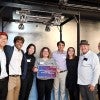
Team OR Lights wins Rice’s 2023 Engineering Design Showcase
Team OR Lights captured the top prize at this year’s Huff OEDK Engineering Design Showcase, presented annually by Rice University’s George R. Brown School of Engineering and Oshman Engineering Design Kitchen (OEDK).

Annual Rice competition renamed Huff OEDK Engineering Design Showcase
The George R. Brown School of Engineering Design Showcase and Poster Competition, coordinated by Rice’s Oshman Engineering Design Kitchen (OEDK), kicked off April 13 with remarks from President Reginald DesRoches — in which he announced the event will now be known as the Huff OEDK Engineering Design Showcase
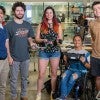
Sensor system could decrease fall risk for older adults
A team of Rice University engineering students designed a fall-risk assessment system that enables doctors to create personalized risk-management strategies for patients based on their individual movement patterns at home.
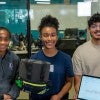
Rice U. engineering students’ brace puts patients first
For those suffering from rib flaring associated with congenital deformations of the chest wall that cause it to jut out or cave in, a team of Rice University engineering students has come up with a potential solution.
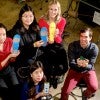
Rice U. students engineer socks for on-the-go neuropathy treatment
A wearable electrical-stimulation and vibration-therapy system designed by Rice University engineering students might be just what the doctor ordered for people experiencing foot pain and balance loss due to diabetic neuropathy.
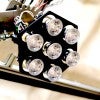
Rice U. engineering students aim to shed better light on surgeries
A team of Rice University engineering students designed a tunable lighting system that would allow surgeons to better illuminate their working area without having to handle equipment or wear headlamps.
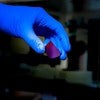
Strong ultralight material could aid energy storage, carbon capture
Rice U. materials scientists and collaborators at the University of Maryland showed that fine-tuning interlayer interactions in a class of 2D polymers can determine the materials’ loss or retention of desirable mechanical properties in multilayer or bulk form.
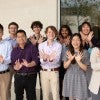
Rice. U. engineering opens diversity, equity and inclusion outreach center
Rice University’s George R. Brown School of Engineering has inaugurated the Diversity, Equity and Inclusion Outreach Center dedicated to improving recruitment, retention and support for student populations historically excluded from STEM.
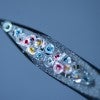
A 21st-century remedy for missed meds
Rice lab’s next-level encapsulation technology for drugs and vaccines could solve a $100 billion problem.

Rice’s Todd Treangen wins NSF CAREER Award
Todd Treangen wins NSF CAREER Award to develop a comprehensive computational platform for detecting yet-unseen microbial pathogens.

Higgs, Ramos elected AIMBE Fellows
Engineering’s Fred Higgs and Renata Ramos have been elected fellows of the American Institute for Medical and Biological Engineering.

Eco-efficient cement could pave the way to a greener future
Rice U. scientists develop process to remove toxic heavy metals from coal fly ash, making for greener, stronger concrete.
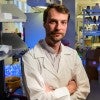
James Chappell wins NSF CAREER Award
Rice bioscientist James Chappell has won a National Science Foundation CAREER Award to develop RNA programming methods that can improve human health and the environment.
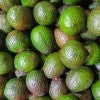
Protein-based coating could keep fruits and vegetables fresh longer
Rice University materials scientist Muhammad Rahman has won a National Science Foundation grant to develop a sustainable, low-cost coating to extend the shelf life of fruits and vegetables.